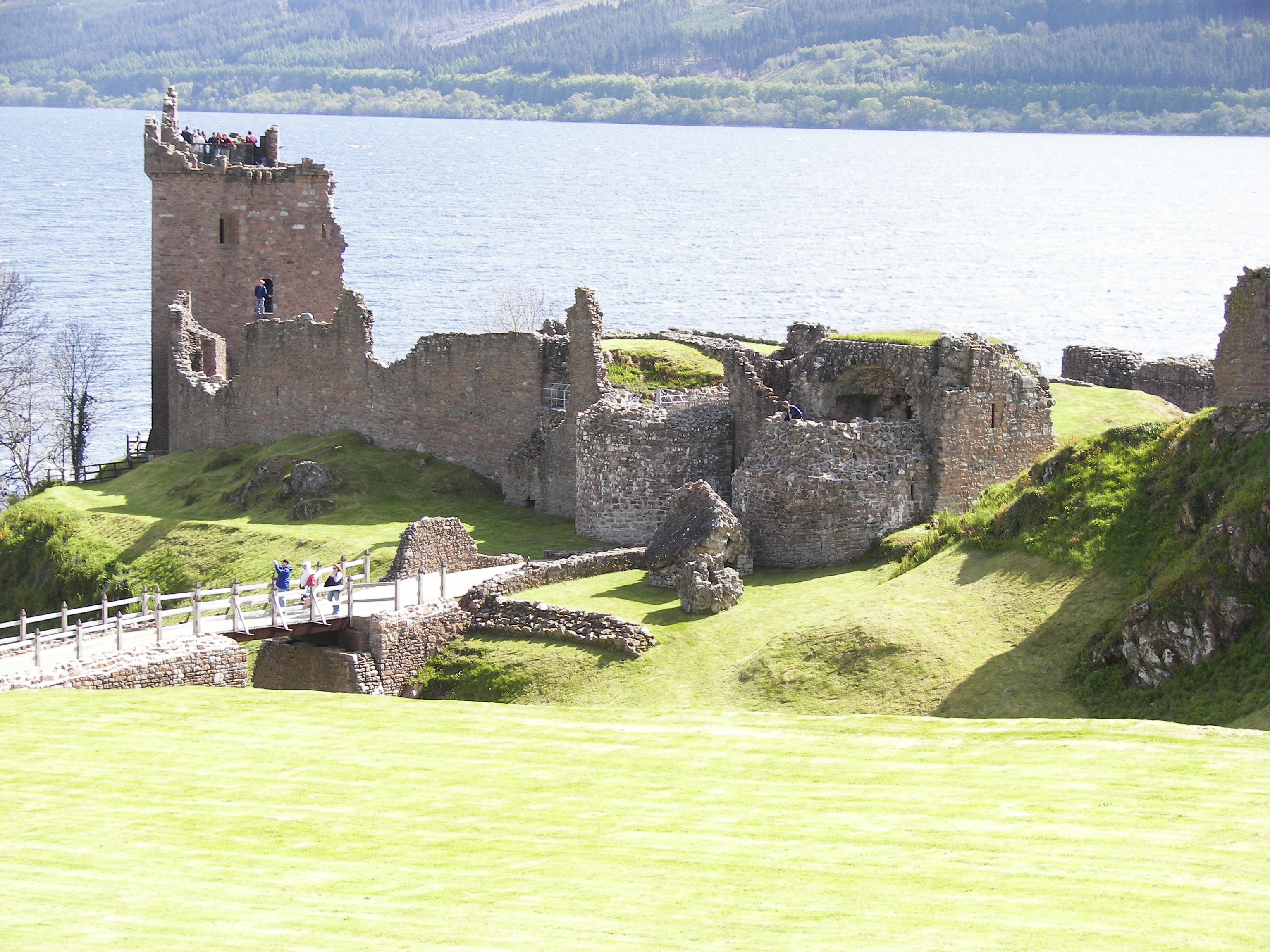The Raids of Urquhart ( 1544 - 1545) - A Fierce Feud in the Scottish Highlands
by Marcus Harris on Jul 15, 2024
Table of Content
The Raids of Urquhart were two significant and destructive incursions that took place in October 1544 and April 1545. These raids were conducted by members of the Clan Cameron and Clan MacDonell of Glengarry against the Clan Grant, focusing on the area around Urquhart Castle in the Scottish Highlands. These events were part of the broader and ongoing feud among Highland clans, particularly involving the Camerons and the Grants.
Background of The Raids of Urquhart
The mid-16th century in the Scottish Highlands was a period marked by intense clan rivalries and frequent violent conflicts. The Raids of Urquhart occurred in the aftermath of the Battle of the Shirts, a significant clash that took place in July 1544. This battle saw the forces of the Clan Cameron and the Clan Macdonald of Clanranald emerge victorious over the Clan Fraser of Lovat, who were supported by the Clan Grant and Clan Mackintosh.
The Battle of the Shirts

The Raids
Leadership and Planning
Execution of the Raids
Goods Stolen
The extent of the plunder taken during these raids was vast and varied, reflecting the wealth and resources of the Grants. The items stolen included:
-
Agricultural Produce:
- 200 bolls of oats with fodder
- 100 bolls of bere (a type of barley)
-
Livestock:
- 100 cows
- 100 calves
- 40 young cows
- 10 one-year-old stirks (young cattle)
- 8 horses and 4 mares
- 4 young horses
- 140 ewes
- 60 gimmers (young ewes) and dinmonts (young rams)
- 100 lambs
-
Household Items from Urquhart Castle:
- 12 beds complete with bolsters, blankets, and sheets
- 5 posts
- 6 pans
- 1 basket and 1 chest containing 300 pounds in money
- 2 brewing cauldrons
- 20 pieces of artillery
- 10 stands of harness (suits of armor)
- Various other valuable items, including doors, bedsteads, chairs, and boats
This extensive list of stolen goods underscores the level of prosperity that existed in Glen Urquhart at the time. The raiders not only aimed to weaken the Grants economically but also to demonstrate their own power and capability for retribution.
Impact on Urquhart Castle

Aftermath
Execution of Ewen Cameron
Ewen Cameron of Lochiel, a central figure in the raids, was eventually convicted and executed in 1546. While the raids likely contributed to his conviction, the principal charge against him was his involvement in the Battle of the Shirts and his support for the Earl of Lennox. The execution of Ewen Cameron was a significant event, as it demonstrated
the consequences of engaging in violent actions against other clans and defying royal authority.
Conclusion
The Raids of Urquhart were not isolated incidents but rather part of a larger pattern of conflict and rivalry among Highland clans during the 16th century. These raids, led by Clan Cameron and Clan MacDonell of Glengarry against the Clan Grant, were marked by extensive plundering and destruction, targeting both agricultural resources and valuable items from Urquhart Castle. The aftermath of these raids included legal repercussions, with Ewen Cameron of Lochiel ultimately facing execution for his involvement in these violent acts.
Overall, the Raids of Urquhart serve as a poignant reminder of the brutal and tumultuous nature of clan warfare in Scotland during this period. The events underscore the high stakes involved in these conflicts, where power, resources, and honor were fiercely contested through acts of violence and retribution. Ultimately, the raids and their aftermath highlight the complex web of alliances, rivalries, and power dynamics that characterized Highland society in the mid-16th century.
Clan heritage in your hands!
Frequently Asked Questions
1. What motivated the Raids of Urquhart?
The Raids of Urquhart were motivated by longstanding clan rivalries and the desire for retribution and economic gain. The victory at the Battle of the Shirts in July 1544 heightened tensions between the victorious Clan Cameron and Clan MacDonell of Glengarry and their rivals, particularly the Clan Grant, which controlled the valuable lands around Urquhart Castle.
2. What was the significance of Urquhart Castle at the time?
Urquhart Castle was a significant stronghold for Clan Grant, located on the shores of Loch Ness. It symbolized the clan's power and influence in the region, making it a strategic target for the raiders. The castle's wealth and resources, including artillery and other valuable items, made it an attractive objective for the plundering clans.
3. What were the broader implications of the Raids of Urquhart?
The raids had significant economic and political repercussions. They weakened the Clan Grant by stripping them of valuable resources and demonstrated the power and audacity of the raiding clans. The Scottish Crown's response, including the execution of Ewen Cameron for his involvement in the raids and the Battle of the Shirts, underscored the Crown's efforts to assert control over the fractious Highland clans.
4. How did the Battle of the Shirts influence the Raids of Urquhart?
The Battle of the Shirts was a crucial precursor to the Raids of Urquhart. The battle, fought near Kinloch Lochy, saw Clan Cameron and Clan Macdonald of Clanranald defeat Clan Fraser of Lovat, supported by Clan Grant. This victory emboldened the raiding clans and intensified their hostilities towards their rivals, leading directly to the raids on Urquhart.
5. How did the raids affect the Clan Grant's position in the Highlands?
The raids significantly weakened Clan Grant by depleting their resources and damaging their stronghold, Urquhart Castle. The loss of valuable items, livestock, and agricultural produce undermined their economic stability and defensive capabilities. This reduction in power made it more challenging for the Grants to maintain their influence and defend against future attacks.





